If you are having a problem with your plumbing venting, it is important to take care of the issue as soon as possible. A plumbing venting problem can lead to water damage and increased energy costs. It can also cause health problems if the problem is not fixed.
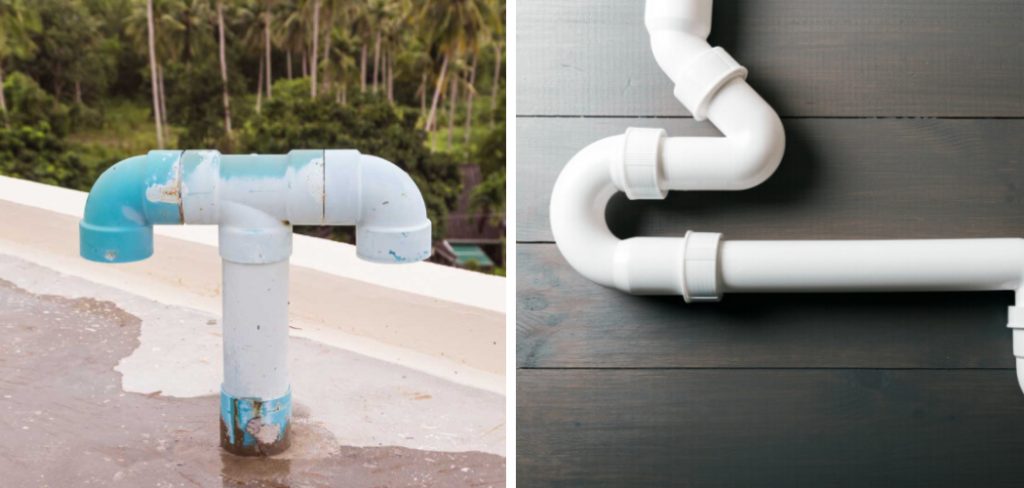
There are a few things that you can do to fix a plumbing venting problem. This blog post will discuss the most common methods for how to fix a plumbing venting problem. We will also provide tips for preventing these problems from occurring in the first place. So, if you are having trouble with your plumbing venting, read on!
Summary:
Plumbing venting problems can be a nuisance, but with the right knowledge, they can easily be fixed. First, you should identify the source of the problem. This can be done by tracking where water is leaking or listening for a whistling sound coming from your plumbing system.
Once the source of the problem is found, you should use a plunger to unclog anything that may be causing an obstruction in your pipes. Check for any loose connections that could cause air leaks, and make sure there are no clogs in the vent pipe itself.
What is a Plumbing Vent?
A plumbing vent is a pipe that goes from your drainage system to the outside of your home. The purpose of the plumbing vent is to allow air to enter the drainage system so that water can flow freely. Without a properly functioning plumbing vent, your drains will not work correctly and could back up, causing water damage and health problems.
There are a few different types of plumbing vents, but the most common type is the stack vent. The stack vent is typically located on your home’s roof and is connected to the main drainage stack. Stack vents can become blocked by debris, snow, or ice. If your stack vent becomes blocked, clearing the blockage as soon as possible is important to prevent problems.
What Causes Plumbing Vent to Not Function Properly?
Over time, the materials used to make your plumbing vent pipes can deteriorate. This is especially true for older homes with clay, lead, or cast iron vents. As these materials break down, they can cause your vent to become blocked or restricted. In some cases, tree roots can also grow into and block your plumbing vent.
If the blockage is severe enough, it can cause your plumbing system not to function properly.
It may also happen that the blockage could be inside your home rather than outside. In these cases, the blockage is usually caused by a buildup of lint, grease, or soap scum in the vent pipe. If your vent is too restricted, it will cause your drains to gurgle and your toilets to flush slowly.
10 Easy Ways on How to Fix a Plumbing Venting Problem
1. Check the Vent Pipe for Any Blockages
You need to check the vent pipe to ensure no blockages. This can often be the case if you have not used the plumbing system for a while. To clear the vent pipe, you will need to use a plunger. Insert the plunger into the vent pipe and push it up and down until the blockage is cleared. Also, ensure that the blockage is not located too far down the pipe, as this can be more difficult to clear.
2. Check for Any Leaks
The next thing you need to do is check for any leaks. This is important because if there are any leaks, then the water pressure will not be able to build up enough to clear the blockage. To check for leaks, you will need to turn on the water and wait for a few minutes to see if any water is leaking from the pipes. If there are any leaks, you will need to repair them before proceeding.
3. Increase the Water Pressure
If the water pressure is not high enough, this can often cause a plumbing venting problem. To increase the water pressure, you must turn up the dial on your water heater. You should also ensure that there are no leaks in the system, as this can often lead to a decrease in water pressure. Finally, make sure that the water pressure is at least 60 psi.
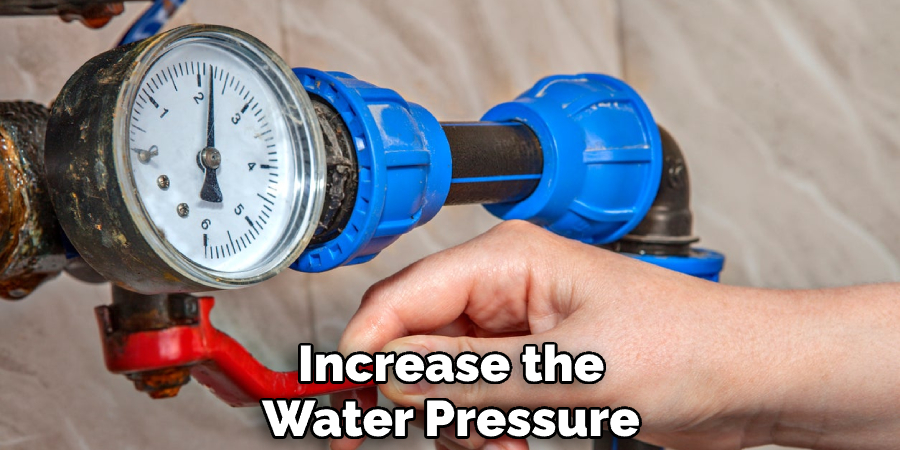
4. Use a Drain Snake
If you still cannot clear the blockage, you can try using a drain snake. This long, flexible rod is inserted into the vent pipe and used to push the blockage through. Be careful when using a drain snake, as it can damage the pipe if used incorrectly. If the blockage is still not cleared after using a drain snake, you may need to call a professional plumber.
5. Use Caustic Soda
If you have a stubborn blockage, you can try using caustic soda. However, this corrosive substance should only be used as a last resort. To use caustic soda, mix it with water to create a paste. This paste should then be applied to the blockage and left for a few hours to work its magic. Be sure to wear gloves and protective clothing when using caustic soda, as it can cause skin irritation.
6. Use Vinegar and Baking Soda
If you don’t want to use caustic soda, you can try vinegar and baking soda. This combination can often be just as effective as caustic soda. To use this method, simply mix equal parts vinegar and baking soda and apply it to the blockage. Leave it for a few hours to work its magic, and then flush the system with water.
7. Keep Out Vermin
One of the main causes of plumbing venting problems is vermin. In addition, mice, rats, and other animals can often enter the vents and cause blockages. To keep out vermin, you must ensure that the vents are properly sealed. You should also check the vents regularly for any signs of damage or entry points. Also, remember to keep the area around the vents clean and debris-free.
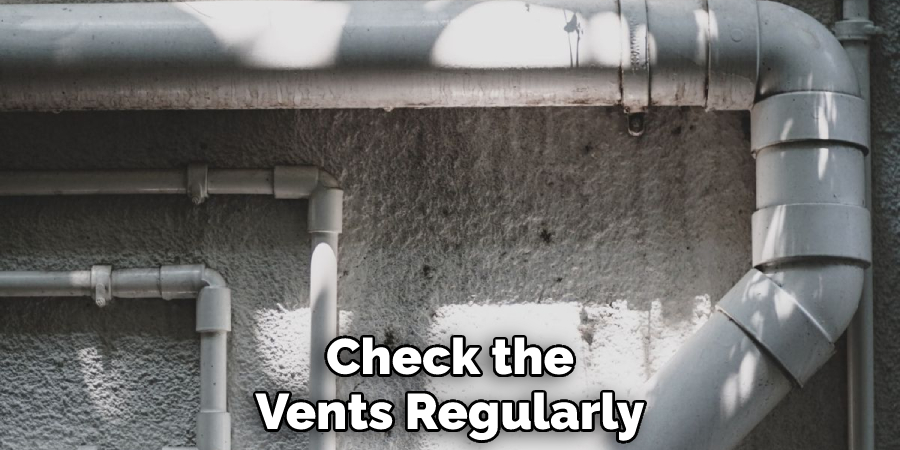
8. Use Proper Fittings
Another common cause of venting problems is improper fittings. Often, plumbing vents are not properly connected to the rest of the plumbing system. This can lead to leaks and other problems. To avoid this, you should always use proper fittings when connecting the vents to the rest of the system. If your home is not equipped with the proper fittings, you should call a professional plumber.
9. Insulate the Pipes
If your home is in an area that gets very cold, you should consider insulating the pipes. This will help to prevent the pipes from freezing and bursting. You can buy special foam pipe insulation from your local hardware store to insulate the pipes. Cut the insulation to size and then wrap it around the pipes. Ensure the insulation is tight against the pipes, so there are no gaps. You can also tape the seams of the insulation with duct tape to further seal any gaps. If possible, keep the insulation away from sharp edges or corners, as this could cause it to tear.
10. Thaw Frozen Pipes
If your pipes have frozen, you must thaw them out as quickly as possible. You can do this by using a heat lamp or hair dryer. Never use an open flame to thaw frozen pipes, as this could cause them to burst. Instead, start by thawing out the section of pipe closest to the faucet. Once this section is thawed, the water will flow and help thaw the rest of the pipe. You should call a professional plumber if you cannot thaw the pipes.
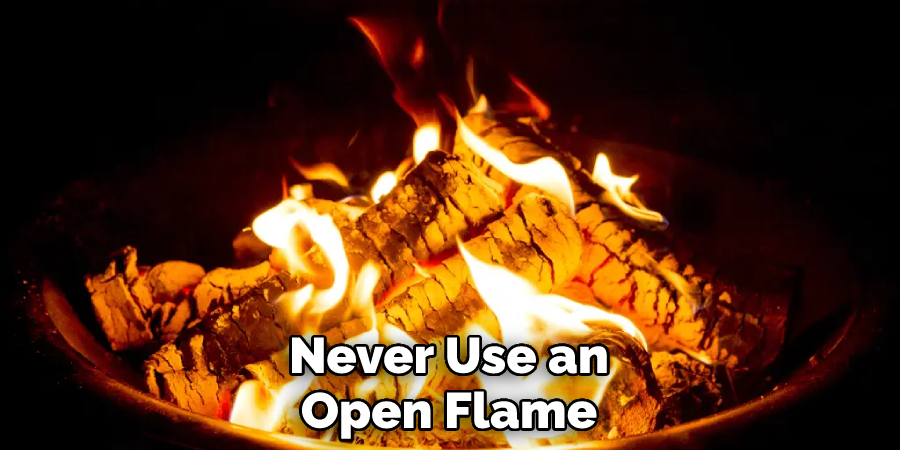
Some Tips to Keep Your Plumbing Pipe Clear and Free Flowing
- Use a small wire brush to clear any debris or blockage from the plumbing vent opening.
- Check the inside of the pipe for any buildup of scale or other material causing a blockage.
- Use a plunger to try and clear any blockage that might be present in the pipe.
- Always ensure that the traps in your sink and bathtub are clear and free of any blockage. This is important because, if the traps become blocked, it can cause a buildup of pressure in the plumbing system, which could lead to a burst pipe.
- If you have a septic tank, ensure it is properly maintained, and the effluent level is not too high. A high effluent level can cause sewage to back into the house, leading to a serious health hazard.
- If you live in an area prone to freezing, it is important to insulate your plumbing pipes to prevent them from freezing. Frozen pipes can burst and cause serious damage to your home.
- If you are going on vacation, make sure you shut off the water to your home at the main valve. This will prevent water damage if a pipe bursts while you are away.
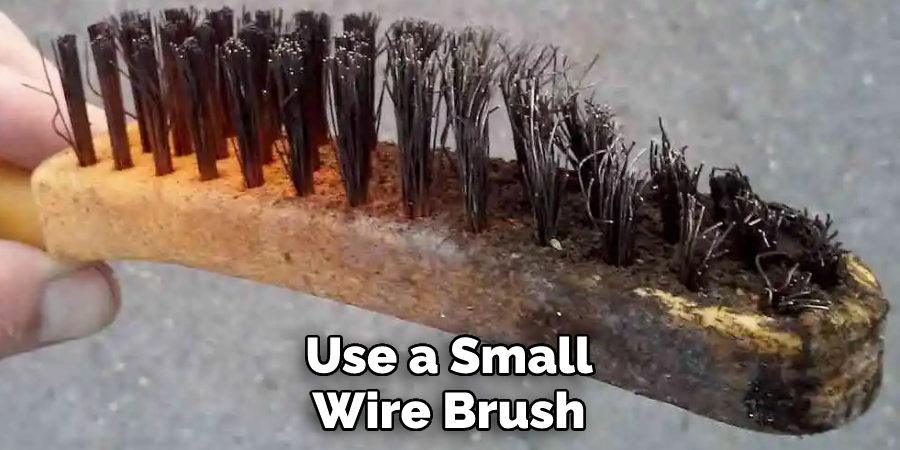
Conclusion
Plumbing venting is an important part of the plumbing system in your home. If there are any problems with it, you could end up with water damage, among other things. If you have a plumbing venting problem in your home, take care of it as soon as possible. Not only can the issue cause damage to your property, but it can also be dangerous.
In this post, we’ve shown you how to fix a plumbing venting problem. We’ve also walked you through the process step-by-step so that you can troubleshoot and repair the issue independently. Have a plumbing venting question that we didn’t answer? Leave us a comment, and we will get back to you as soon as possible.
